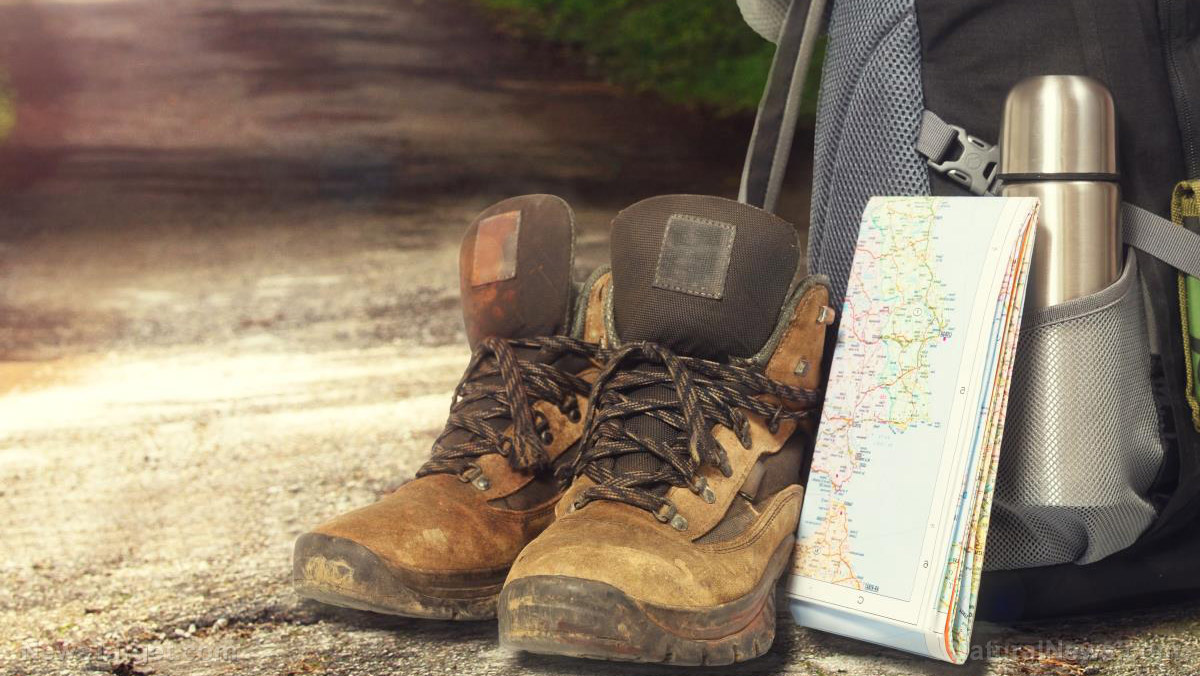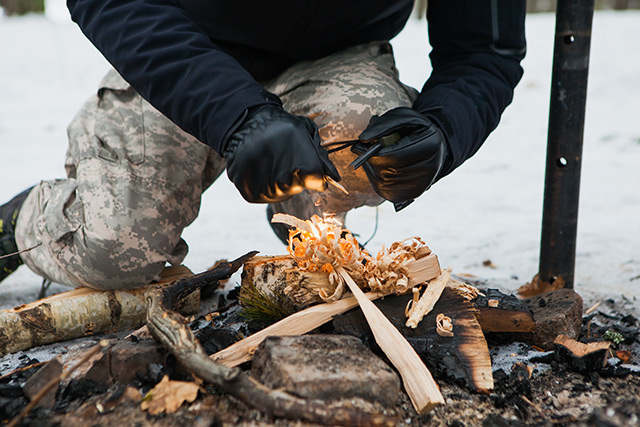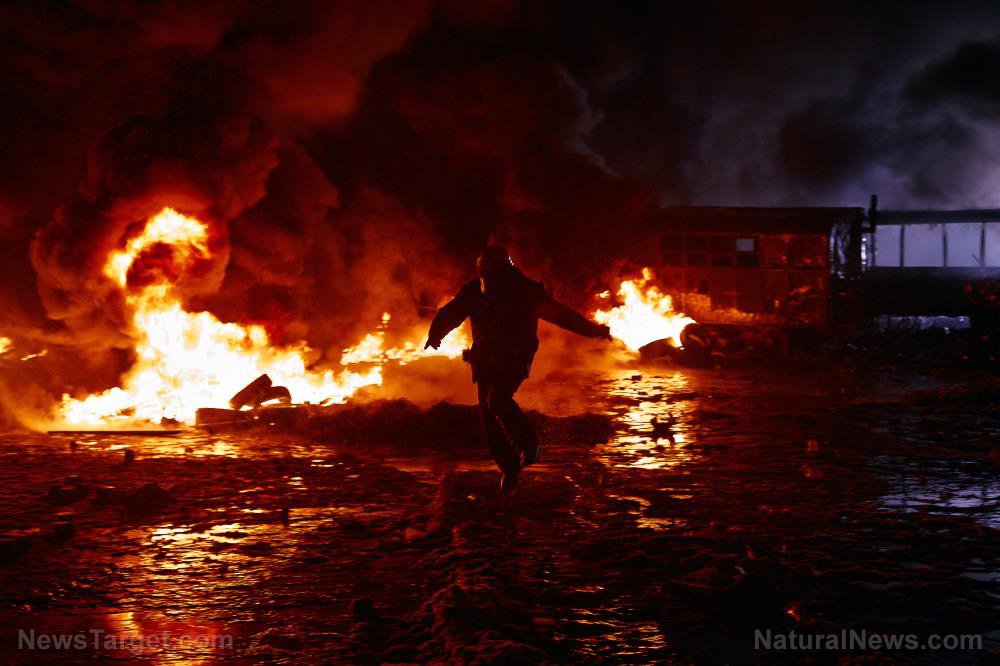How much water can you carry? Tips for carrying 3 days’ worth
04/26/2018 / By Zoey Sky

When prepping for survival situations, one thing to consider is your water supply. With a bug-out bag (BOB), you will have to carry a substantial weight because you need to have enough supplies to last you at least 72 hours (or three days).
But a BOB, despite its weight, makes it easy to stay mobile, and it ensures that you have enough supplies until things settle down. But how much water will you need for your BOB and can you carry that much weight when SHTF? (h/t to PreppersSurvive.com.)
The average adult needs at least half a gallon of water daily (64 ounces). Half a gallon weighs as much as two large water bottles. Consider getting emergency or hiker bottles that measure every four oz. so you can regulate how much you drink. This also makes it easier to ration your water supply.
When water becomes scarce, try to drink at least two 4.225 oz. Emergency Water Pouches per day per person, or at least 25 oz. in three days.
Factors when packing water for a BOB
To make things easier for yourself, find out how much water you’ll need for three days so you can survive. Figure out how much you can carry without becoming uncomfortable, and use the right water bottles to carry the water. (Related: Do you have a safe source of water for an SHTF situation? Top 5 water purification mistakes.)
Consider these factors when choosing a water bottle for your BOB:
- Bulk – A large water bottle can be a burden. Two water bottles will take up a lot of space in your BOB which can be used to store other essential items. If you want to conserve space in your pack, get a collapsible water bottle, soft water bottle, or a water pouch. These bottles are taller and not as wide as a regular water bottle. When they’re empty, you can just fold them.
- Durability – While they’re lighter and collapsible than water bottles, water pouches aren’t as sturdy. They may even get punctured, making them useless. However, even water bottles can crack or break, so always pack two water containers in your BOB.
- Versatility – Unlike a water pouch or bottle, a metal water bottle can be used to sterilize water. You can even use it to brew tea, or you can use it as a makeshift hot compress at night. If you choose to include an emergency straw filter in your BOB, don’t forget to pack a water bottle with a wide enough mouth. Additionally, you can get a water bottle that fits the straw filter, so you don’t have to drink directly from a water source.
- Weight – Water may be the heaviest thing in your BOB. The weight of your pack may depend on your physical condition, and your BOB mustn’t weigh more than 15 percent of your body weight. When you have time, take your BOB for a test run on a long hike so you can get used to carrying it.
Consider these factors when deciding what kind of water bottle to include in your BOB. Remember that what you choose will help ensure that you have access to water for at least 72 hours when SHTF.
Additional water storage tips
Here are more tips to consider when storing water:
- Always use food grade containers – Food grade containers include a triangular recycle label on the bottom. The containers that are safe to use will be numbered either one, two, four, or seven. You can check the numbers inside the triangular icons. They will also come with labels that state if it can be used to store in the freezer or a pantry. It might come with a label like: “Freezer, Refrigerator, Pantry Safe.”
- Don’t store water in cardboard containers – Boxed water doesn’t have a long shelf life.
- Don’t store water in containers that you can’t seal – Your water could get contaminated, and this will be more trouble than it’s worth.
- Don’t store water in direct sunlight or heat – Keep your water supply in a shaded, temperature-controlled room. Try storing water in basements, underground cellars, or windowless pantries.
- Don’t store water in metallic containers (unless it’s made of stainless steel) – Other metals will corrode and contaminate your water.
You can learn more about gear that you can use to store your water supply at Gear.news.
Sources include:
Tagged Under: bug out, bug out bag, clean water, Collapse, disaster, Gear, off grid, preparedness, preparedness and survival, prepper, prepping, SHTF, survival, survival skills, survival tools, water, water purification, water supply




















